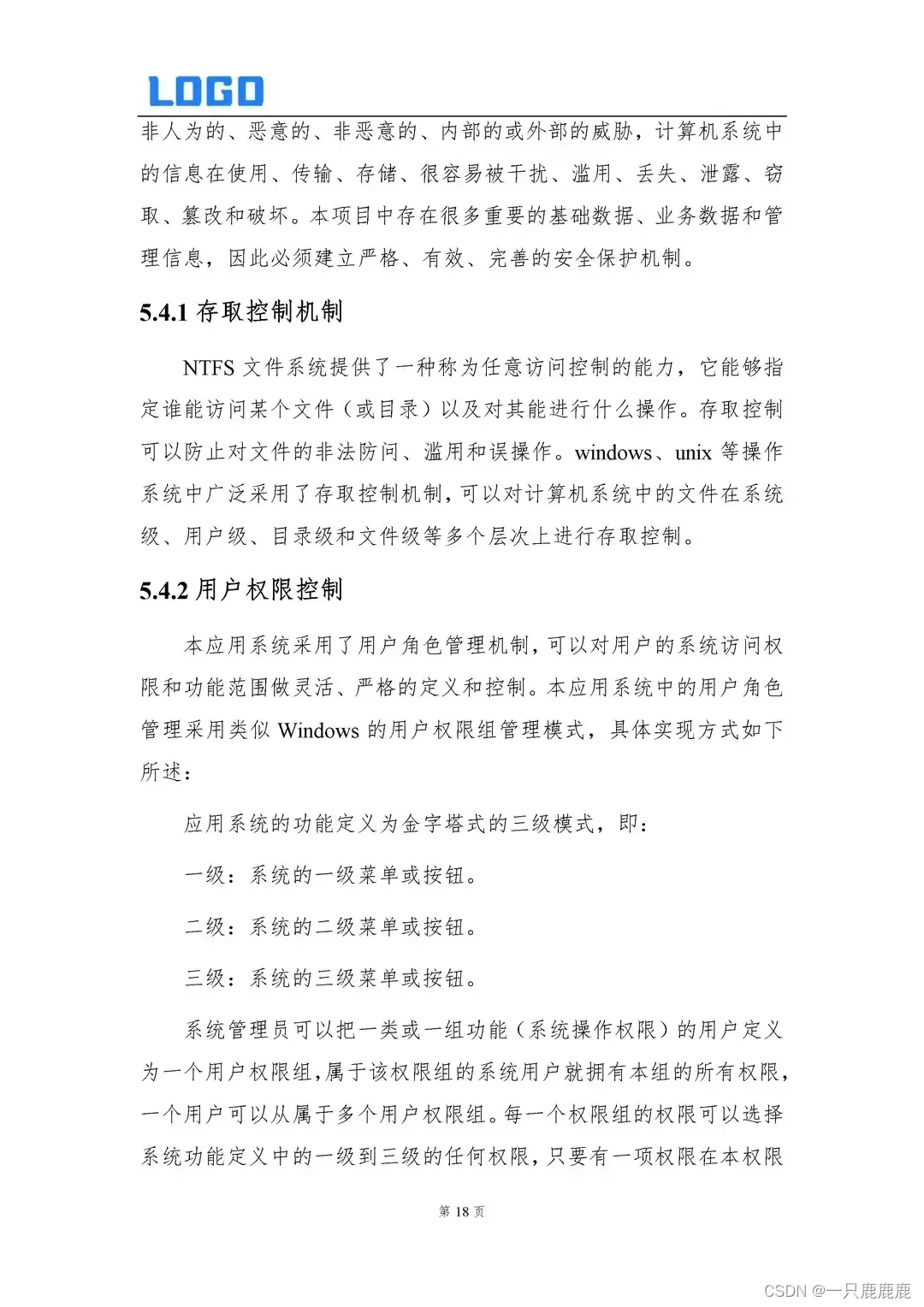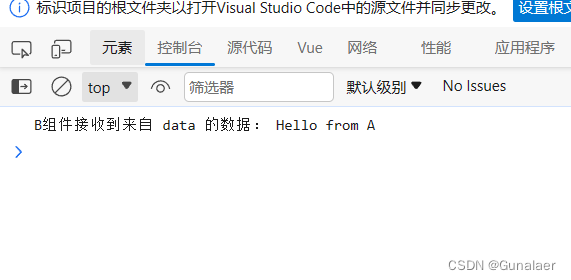
🧧🧧🧧🧧🧧个人主页🎈🎈🎈🎈🎈
🧧🧧🧧🧧🧧数据结构专栏🎈🎈🎈🎈🎈
🧧🧧🧧🧧🧧上一篇文章:从顺序表到ArrayList类🎈🎈🎈🎈🎈
文章目录
- 1.前言
- 2.链表
- 2.1 链表的概念及结构
- 2.2链表的组合
- 2.3链表的实现
- 2.4LinkedList的模拟实现
- 3.ArrayList和LinkedList的区别
1.前言
上一篇文章我们了解ArrayList表的使用,并且模拟了ArrayList表,通过数组的方式来存储数据单元。其底层是一块连续储存的空间,这时候我们发现当我们去插入数据或者删除数据的时候,需要将前后的数据整体向前移动或者向后移动。因此ArrayList是不能满足我们的需求。接下来我们可以来看看即将要学的LinkedList表。
2.链表
2.1 链表的概念及结构
链表是一种物理存储结构上非连续存储结构,数据元素的逻辑顺序是通过链表中的引用链接次序实现的 。结构像我们平时坐的交通工具火车一样,一节一节的,并不是按一定的顺序链接的,车厢可以随意链接,链表也是这样的。

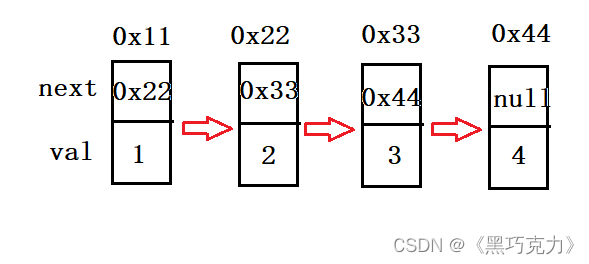
注意:
1.从图中可以看出,链式结构不一定在物理上是连续的空间,但在逻辑上是连续的空间。
2.现实中的结点一般都是在堆上申请出来的。
3。在堆上申请的空间,是按定一定的规则来分配的,两次申请的空间可能是连续的空间,也有可能不是连续的空间。
2.2链表的组合
在现实当中有很多种的链表,有分单向和双向,带头和不带头,循环和不循环,总共有八种组合方式:
1.单向带头循环
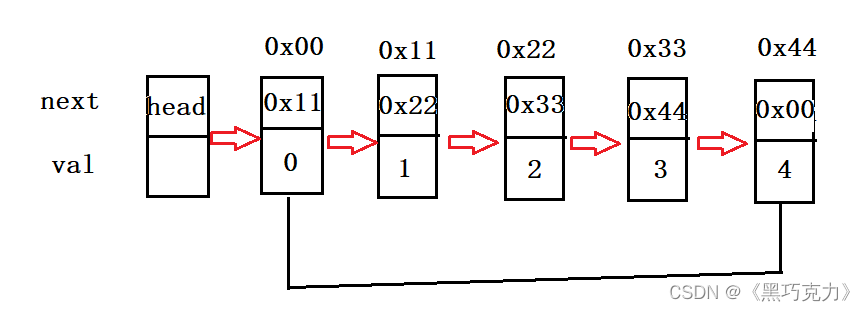
2.单向带头不循环

3.单向不带头循环
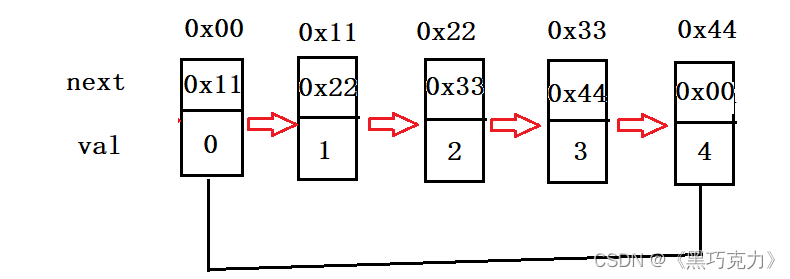
4.单向不带头不循环

5.双向带头循环
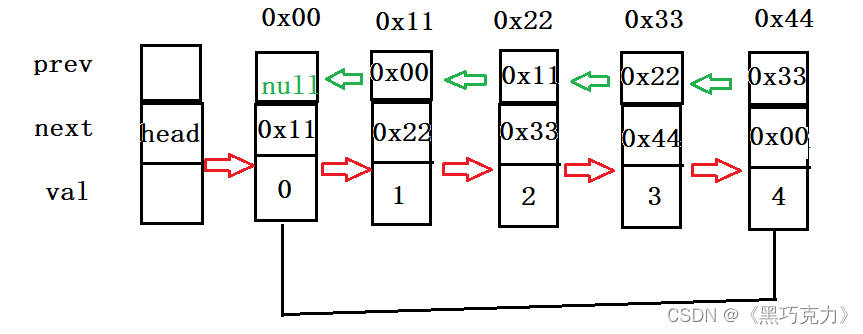
6.双向带头不循环

7.双向不带头循环
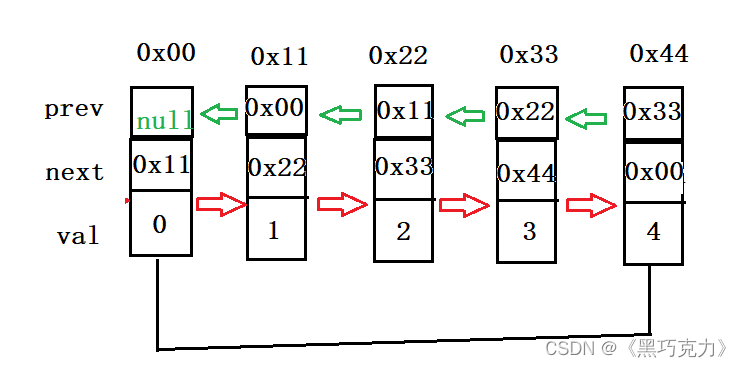
8.双向不带头不循环
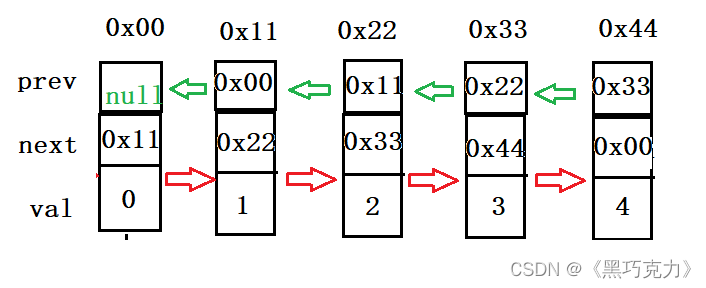
这么多种类型的链表,我们只了解两种单向不带头不循环和双向不带头不循环。
单向不带头不循环:结构简单,一般不会单独用来存数据。实际中更多是作为其他数据结构的子结构,如哈希桶、图的邻接表等等。
双向不带头不循环:在Java的集合框架库中LinkedList底层实现就是无头双向循环链表。
2.3链表的实现
2.3.1头插法
public void addFirst(int data) {ListNode node = new ListNode(data);//如果没有节点,直接将head标记放在要插的节点上,作为第一个首节点if(head == null) {this.head = node;}else {//先绑定,再移标记引用变量node.next = this.head;this.head = node;}}
2.3.2尾插法
public void addLast(int data) {ListNode node = new ListNode(data);//如果没有节点,直接将head标记放在要插的节点上,作为第一个尾节点if(head == null) {this.head = node;}else {ListNode cur = head;while(cur.next != null) {cur = cur.next;}cur.next = node;}}
2.3.3任意位置插入,第一个数据节点为0号下标
public void addIndex(int index, int data) {//判断index是否合法if(index < 0 || index > size()) {throw new IndexException("坐标"+index+":位置不合法");}ListNode node = new ListNode(data);//1.如果从头插入,直接头插法if(index == 0) {addFirst(data);}//2.从中间插ListNode cur = searchPrevIndex(index);node.next = cur.next;cur.next = node;}//创建一个找前驱的方法private ListNode searchPrevIndex(int index) {ListNode cur = head;int count = 0;while(count < index-1) {cur = cur.next;count++;}return cur;}
2.3.4查找是否包含关键字key是否在单链表当中
public boolean contains(int key) {ListNode cur = head;while(cur != null) {if(key == cur.value) {return true;}cur = cur.next;}return false;}
2.3.5删除第一次出现关键字为key的节点
public void remove(int key) {//删除头节点if(head.value == key) {head = head.next;return;}//1.找到要删除key的前驱ListNode cur = searchPrevKey(key);if(cur == null) {return;//没有你要删除的key}//2.定义一个标记curNextListNode curNext = cur.next;//3.删除keycur.next = curNext.next;}private ListNode searchPrevKey(int key) {ListNode cur = head;while(cur.next != null) {if(cur.next.value == key) {return cur;}else {cur = cur.next;}}return null;}
2.3.6删除所有值为key的节点(非循环方法)
public void removeAllKeye(int key) {ListNode prev = head;ListNode cur = head.next;while (cur != null) {if(cur.value == key) {prev.next = cur.next;cur = cur.next;}else {prev = cur;cur = cur.next;}}//删除头节点if(head.value == key) {head = head.next;}}
2.3.7得到单链表的长度
public int size() {ListNode cur =head;int count = 0;while(cur != null) {cur = cur.next;count++;}return count;}
2.3.8清空链表
public void clear() {head = null;}
}2.4LinkedList的模拟实现
** 2.4。1头插法**
public void addFirst(int data) {ListNode node = new ListNode(data);//如果链表为空if(head == null) {head = node;last = node;}else {//链表不为空node.next = head;head.prev = node;node.prev = null;head = node;}}
** 2.4。2尾插法**
public void addLast(int data) {ListNode node = new ListNode(data);//如果链表为空if(head == null) {head = node;last = node;}else {//链表不为空last.next = node;node.prev = last;node.next = null;last = node;}}
** 2.4.3任意位置插入,第一个数据节点为0号下标**
public void addIndex(int index, int data) {//先判断index合不合法if(index<0 || index >size()) {throw new IndexException("位置不合法:"+index);}//1.从头插入,头插法if(index == 0) {addFirst(data);return;}//2.从尾插,尾插法if(index == size()) {addLast(data);return;}//3.从中间插//找要插入的位置ListNode cur = findAddIndex(index);ListNode node = new ListNode(data);node.next = cur;cur.prev.next = node;node.prev = cur.prev;cur.prev = node;}private ListNode findAddIndex(int index) {ListNode cur = head;while(index != 0) {cur = cur.next;index--;}return cur;}
** 2.4.4查找是否包含关键字key是否在单链表当中**
public boolean contains(int key) {ListNode cur = head;while(cur != null) {if(cur.value == key) {return true;}else {cur = cur.next;}}return false;}
** 2.4.5删除第一次出现关键字为key的节点**
public void remove(int key) {ListNode cur = head;while (cur != null) {if(cur.value == key) {if(cur == head) {//删除头节点head = head.next;if(head != null) {head.prev = null;}else {//只有一个节点 且是需要删除的节点last = null;}}else {//删除中间节点if(cur.next != null) {cur.next.prev = cur.prev;cur.prev.next = cur.next;}else {//删除尾巴节点cur.prev.next = cur.next;last = last.prev;}}return;}cur = cur.next;}}
** 2.4.6删除所有值为key的节点**
public void removeAllKeye(int key) {ListNode cur = head;while (cur != null) {if(cur.value == key) {if(cur == head) {head = head.next;if(head != null) {head.prev = null;}else {//只有一个节点 且是需要删除的节点last = null;}}else {//删除中间节点if(cur.next != null) {cur.next.prev = cur.prev;cur.prev.next = cur.next;}else {//删除尾巴节点cur.prev.next = cur.next;last = last.prev;}}}cur = cur.next;}}
** 2.4.7得到双链表的长度**
public int size() {ListNode cur = head;int count = 0;while(cur != null) {count++;cur = cur.next;}return count;}
** 2.4.8清除链表**
public void clear() {head =null;last =null;}
3.ArrayList和LinkedList的区别

结尾:
希望大家可以给我点点关注,点点赞,你们的支持就是我的最大鼓励。🌹🌹🌹🌹🌹🌹🌹🌹🌹🌹🌹🌹🌹🌹




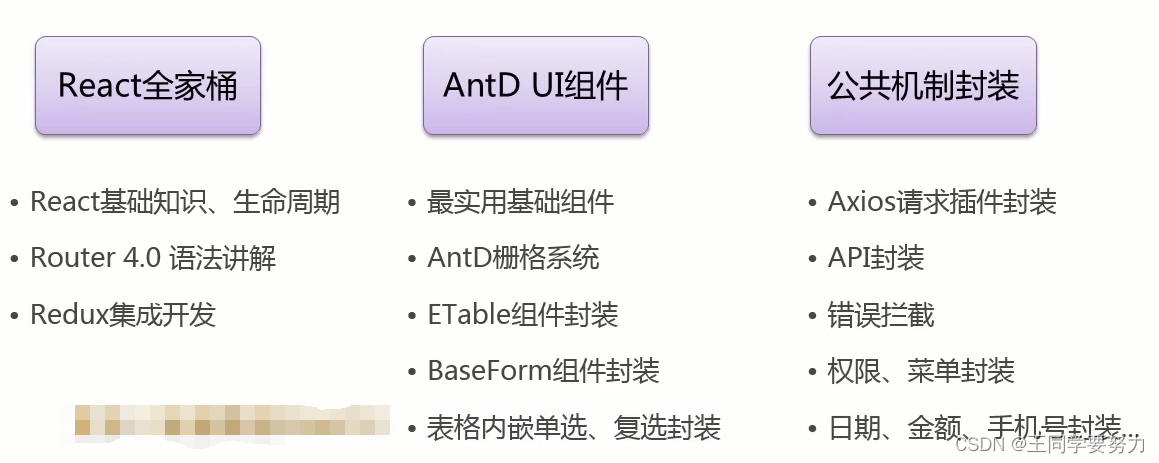
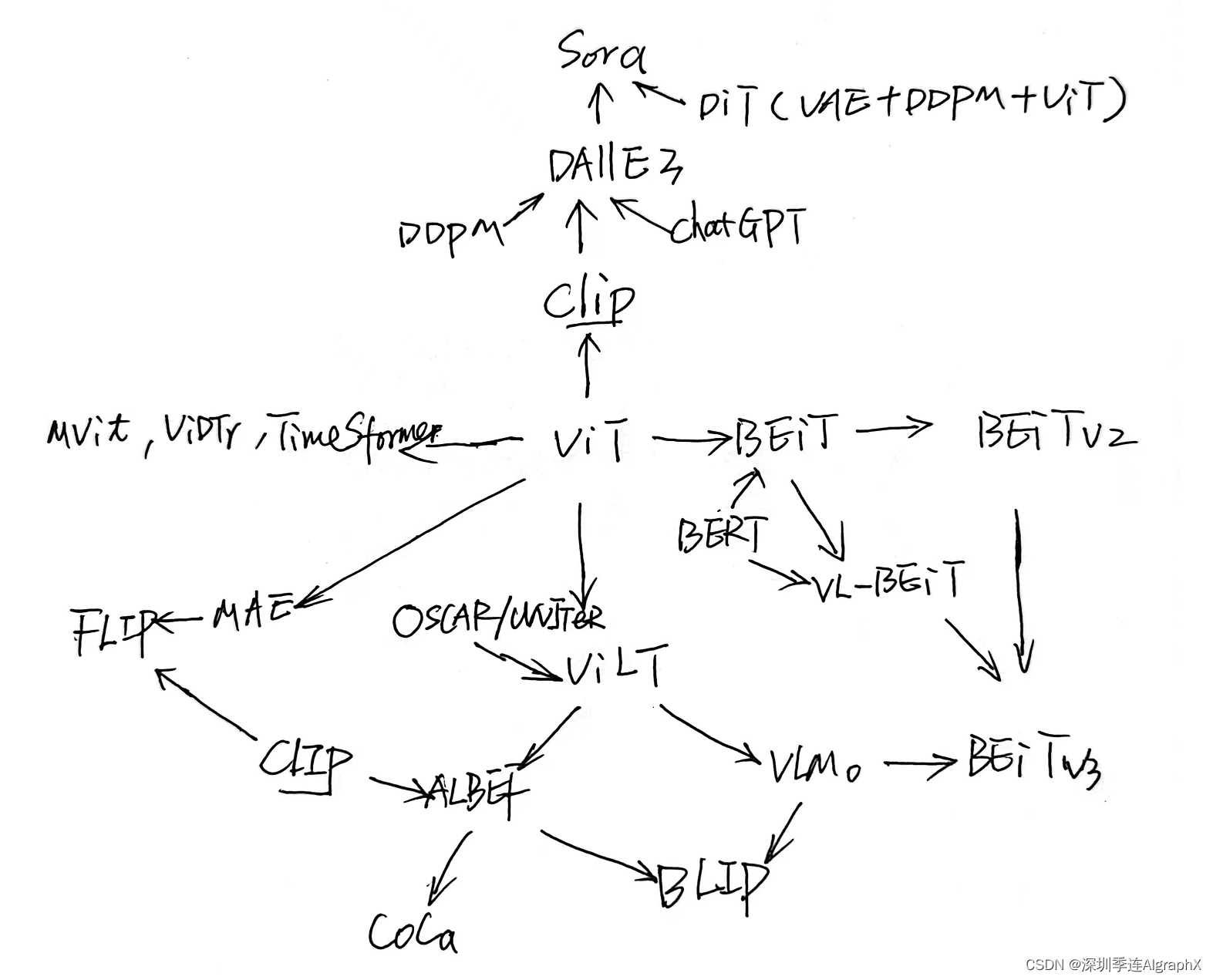
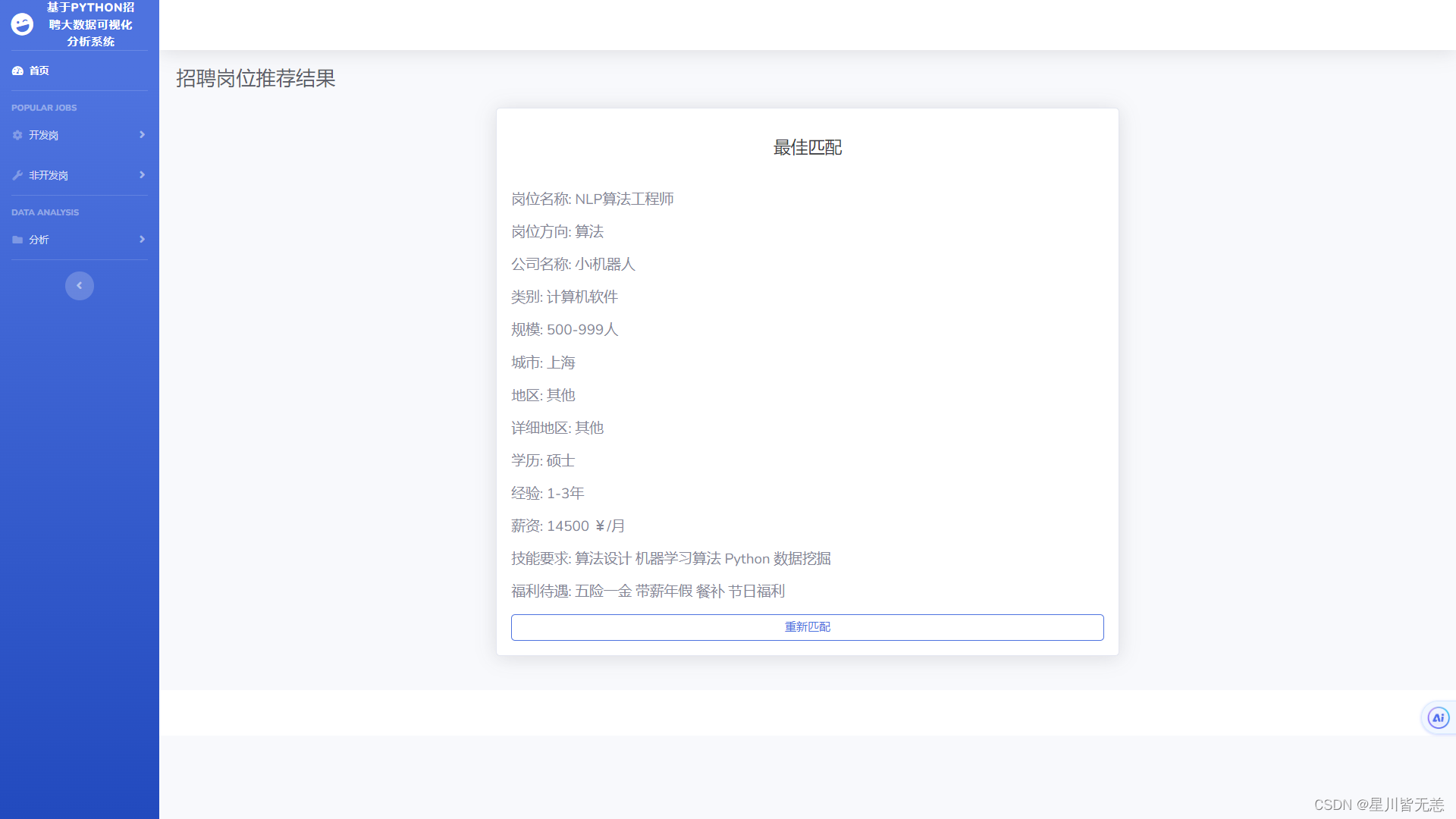






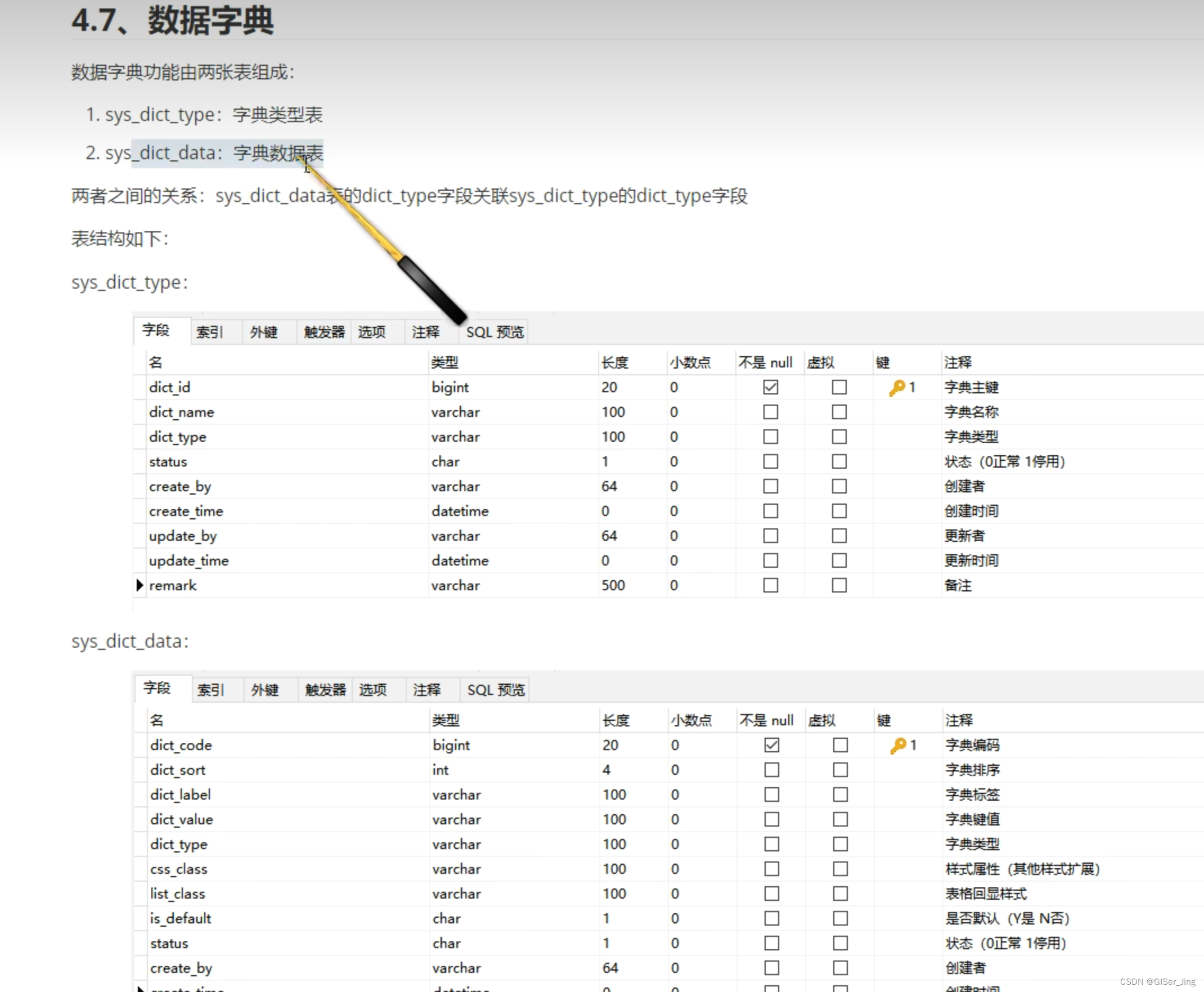

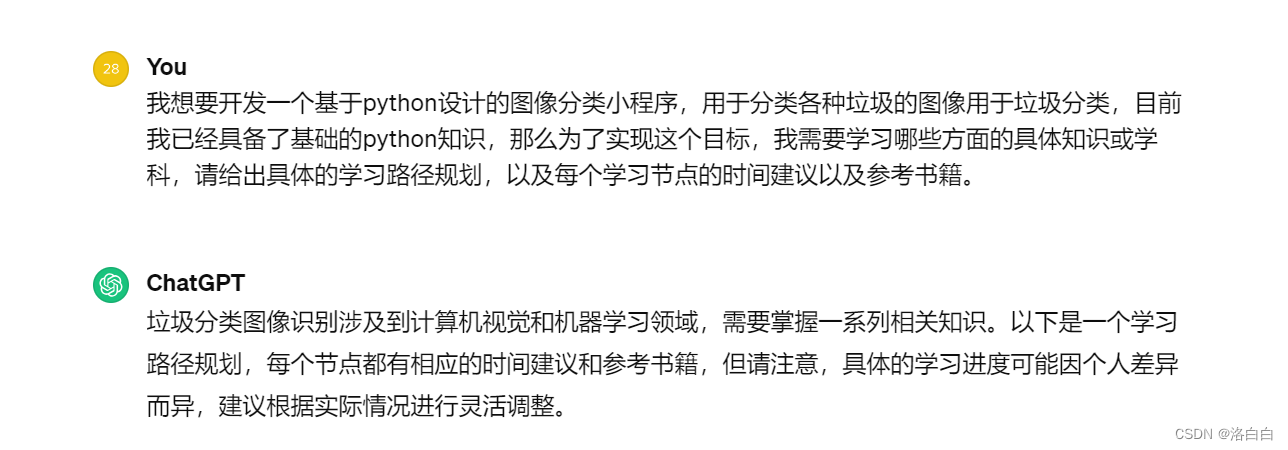
![project.config.json 文件内容错误] project.config.json: libVersion 字段需为 string, string](https://img-blog.csdnimg.cn/direct/08ea24dcd8f84ee592ae0aafada6d241.png)
